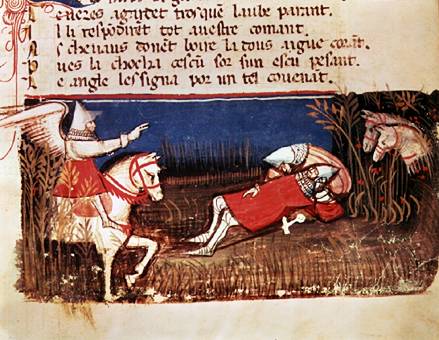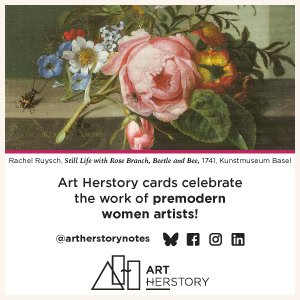Welcome to 31 Days of Medieval Manuscripts, a month-long series introducing the fascinating and brilliant world of medieval illuminated manuscripts.

Today’s post builds off my of most recent one. I want to talk about manuscripts containing vernacular literature, or popular stories written in the commonly-spoken language of a country (perhaps French or German), rather than in scholarly or sacred languages such as Latin. In this category were romances, epics, poems, adventure stories, legends, and other works of literature read for pleasure rather than for religious, practical, or scholarly concerns. Many had their roots in popular songs, travelers’ tales, crusaders’ legends, and minstrels’ or troubadours” performances (de Hamel 142-148). They are often called songs (chansons) or romances (romans). The Roman de la Rose is but one of the more popular examples, as were the Crusaders’ story Chanson de Roland, tales of King Arthur and his knights, and the works of Dante and Chaucer (see de Hamel 142-167). Though these stories were enjoyed by a diverse audience in the Middle Ages – I vividly remember one of my college professors calling them “medieval bestsellers” – the often-luxurious manuscripts seen here were owned primarily by upper-class readers. In de Hamel’s book, they are included in the chapter “Books for Aristocrats”.

Source: de Hamel, Christopher. A History of Illuminated Manuscripts. London & New York: Phaidon Press Limited, 1994.

